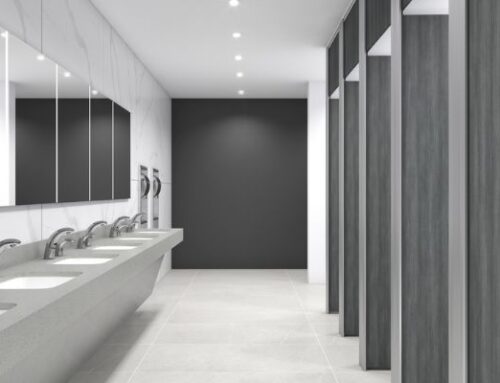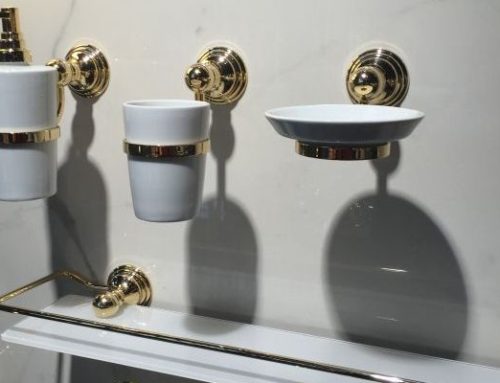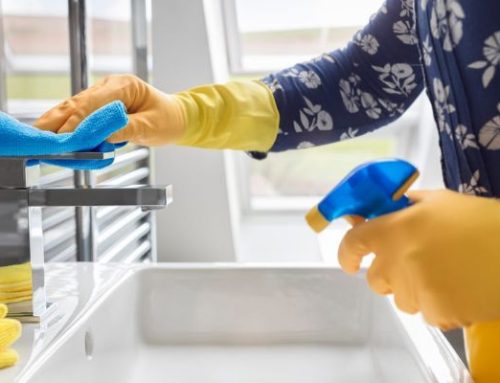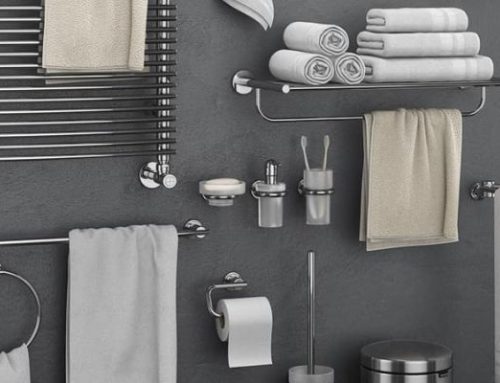Although often overlooked, windows are a vital part of your home. They help maintain interior temperature, and humidity and give your house much-needed sunlight. To ensure that your windows work optimally, the cladding must be good.
What Is Window Cladding?
Window cladding is the protective exterior that guards your window against mold, rot, damage, and other destructive agents. From the interior of your home, you will visibly see the window material. However, the window from the outside will be covered with cladding and protected against external elements.
Generally, cladding ensures that the functionality of your window is not limited. You will enjoy its full benefits, such as longevity, excellent insulation, and timeless beauty. Additionally, the cladding will allow your window to function without risking moisture damage from snowstorms, hail, and rain.
Comparing Non-Clad and Clad Windows
Non-clad windows are a standard in the housing industry. They are made of aluminum, vinyl or fiberglass. Non-clad windows are mostly naturally resistant to weather elements. In most cases, they do not require extra protection to stay safe from these elements.
An additional benefit of non-clad windows is that they are relatively affordable. They come in several varieties, and homeowners who want to save money will have options to choose from.
Meanwhile, clad windows are best for homeowners looking for a more elegant, traditional appearance in their homes. Furthermore, you may want to get an exterior clad window because of the look and feel of it inside your home, as well as the weather-proof strength outside.
The Best Types Of Window Cladding
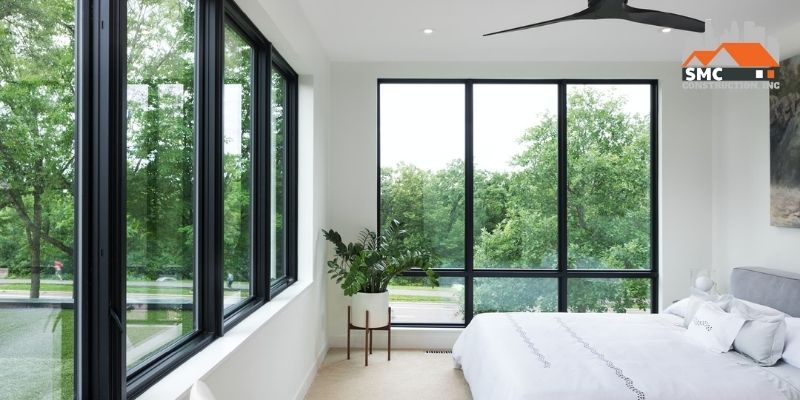
There are numerous types of window cladding. Every window cladding has a different characteristic. Typically, appearance, insulation, and durability are the factors that affect the type of window cladding.
Wood is the material that cladding was once made of and it is still being used by some manufacturers. Although relatively impractical, wood cladding is produced for those who want their home to have an antique look.
Modern window cladding, though, is made of vinyl, fiberglass, or aluminum. Unlike wood, these new types of cladding will not rot with time. Additionally, they are stronger and do not require frequent repainting like wood.
To ensure that you make the right choice for your home, here are the best types of window cladding…
1. Aluminum cladding
Aluminum is a common cladding option and one of the best because it’s strong and durable. This type of cladding material has benefits similar to that of other top cladding materials like vinyl. Aluminum cladding comes in a wide variety of colors and can act as a natural insulator.
Aluminum is great at withstanding harsh weather conditions such as hailstorms. It is best if your house is located in a region prone to heavy precipitation. Nevertheless, this type of cladding will lose its sheen over time; As a result, you may need to repaint it every few years.
2. Vinyl cladding
Vinyl is another material that has become popular with manufacturers of windows. It comes in a wide range of colors and is good for those who want a custom look. Vinyl cladding can even be made to look like wood.
Additionally, vinyl material is a natural insulator. This is a quality that will ensure cold air does not easily penetrate your windows. This will invariably lead to lower energy bills in the winter season. Vinyl cladding is among the cheapest options available.
3. Fiberglass cladding
This type of cladding material is one of the latest on the market. It offers longevity, weatherproofing, and exceptional durability. However, it can be challenging and expensive to install it on unique window shapes. Furthermore, fiberglass-clad windows expand and contract at almost the same rate as normal glass. As a result, the windows and the fiberglass cladding tend to contract and expand together. This prevents seal failure and ensures that the window stays weather-tight.
Benefits Of Clad Windows
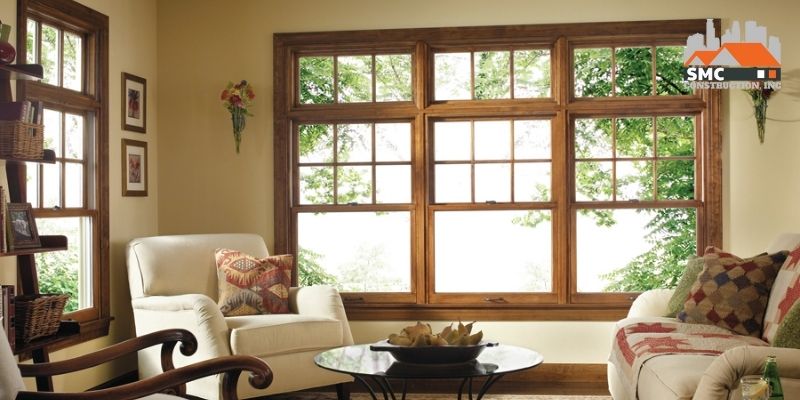
There are different reasons why homeowners install clad windows.
Wood windows have the significant disadvantage of requiring a fresh coat of paint, sealant, and stain to look their best. However, window cladding will minimize the rate of fading of window stains. Therefore, you can enjoy reduced and easy maintenance.
Cladding comes in a variety of styles and colors. You are sure to get the one that will match the exterior of your home without requiring tedious maintenance in the long run. Window cladding also adds additional insulation to your window. It helps keep the interior of your home cool in the summer and warm in the winter.
The insulation that cladding offers makes it a great investment for improving the energy efficiency of your home.
Cladding is good for areas that experience inclement weather, such as snow, hail, wind, and rain. It protects windows against damage so that they remain their best for years to come.
An extra level of reinforcement is another factor that cladding provides. This factor adds longevity and strength to your home structure, walls, and window frames.
Conclusion
There are different types of window cladding, and if you’d like some guidance on deciding what to get, please call SMC Construction at 763-400-0251.

